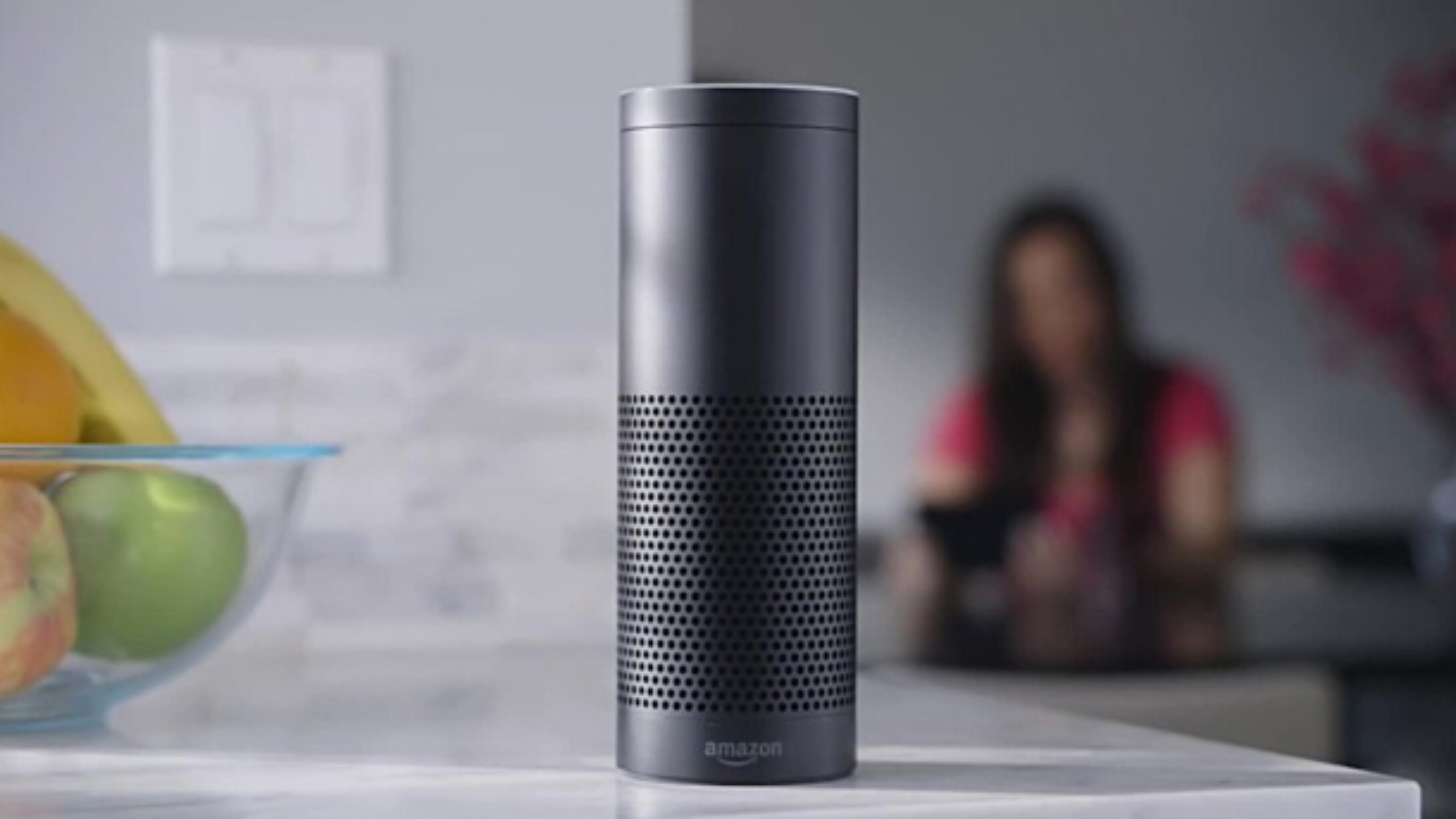So here’s a cool new offering from Amazon; The Echo Look. The Echo Look is a new device which allows users to take full-length photos and videos of their outfits. You can then either share these photos with your friends or upload them onto Amazon’s Style Check, a service that makes recommendations for similar products based on the outfits you are wearing and also rates your outfits, based on colour, fit, combination and seasonal trends. The device essentially is a hands- free camera and a built-in style assistant. It retails at £200. The pictures it takes are of a significantly high quality. It features depth sensing and LED lighting, but most importantly the device comes with an inbuilt intelligent personal assistant to help you with all your fashion predicaments. So is the product a game changer, for Amazon’s relationship with apparel? Will it make voice-based personal assistance devices take off?
There are drawbacks to the product, which will affect whether or not it increases sales of apparel for Amazon and gets consumers more interested in voice-based assistance products in the process. Firstly, if you value your privacy, the Echo Look might not be for you. Certainly not if you operate ever so slightly on the paranoid side of things when it comes to your personal details. There is always concerns with products when cameras are involved. In the past, webcams have been used to track down a user’s location and hijacked to make secret recordings. There will undoubtedly be concerns over the fact that the photos taken on the Echo Look are uploaded onto Style Check and stored on Amazon’s cloud network, which like all cloud networks is not immune to hackers. However, it seems that consumers are not too deterred by these risks. Sales of similar devices are expected to hit the 2.1 bn mark next year. Speaker devices are growing in popularity and many consumers are willing to risk their own privacy to share in the craze.
Amazon has long been a successful purveyor of quality goods, a go-to for books and gadgets. However, the apparel market has never really been a market that Amazon has cornered. Women’s apparel is worth over a trillion dollars annually to the US economy. The Echo Look is evidence of Amazon’s intent to get a share of that revenue.
A decade ago, Amazon’s CEO said that in order for the company to reach the $200bn turnover mark, it would have to learn how to sell clothes. Through the Echo Look, they have found a clever way of doing exactly that. With the use of data gathered through the product, Amazon has unique insight into the sorts of apparel most wanted by consumers. Amazon then, of course, uses this data to make recommendations to the consumer about what sort of similar products they should buy. These products unsurprisingly can be bought through the Amazon site. This system of personalised recommendations is really driving sales. So much so, that Amazon is now set to capture 14% of the US apparel market by 2020, making it the largest domestic apparel retailer in America.
But the Echo Look isn’t just about Amazon’s efforts to dominate fashion retail. It could also persuade everyday consumers to put voice-based intelligence assistance devices into their homes.
Amazon Echo and Google Home are gaining some interest, but not to the point that they are revolutionising consumers lives. Through Amazon bringing voice interface Alexa to consumers through a fashion-focused device, consumers may well start envisioning how voice-based intelligence could feature in their everyday lives. After all, consumers need to visualise the simple act of using a product before they are likely to welcome it into their worlds.
The Echo Look has not just enabled Amazon to break into the previously unchartered apparel sector and successfully make its mark, it has also brought voice-based personal assistance products to a broader market, something other brands have struggled to do. Amazon in a sense have provided a blueprint for other retailers looking to offer voice-based personal assistance products, but who don’t quite know the right way to pitch them to consumers.








